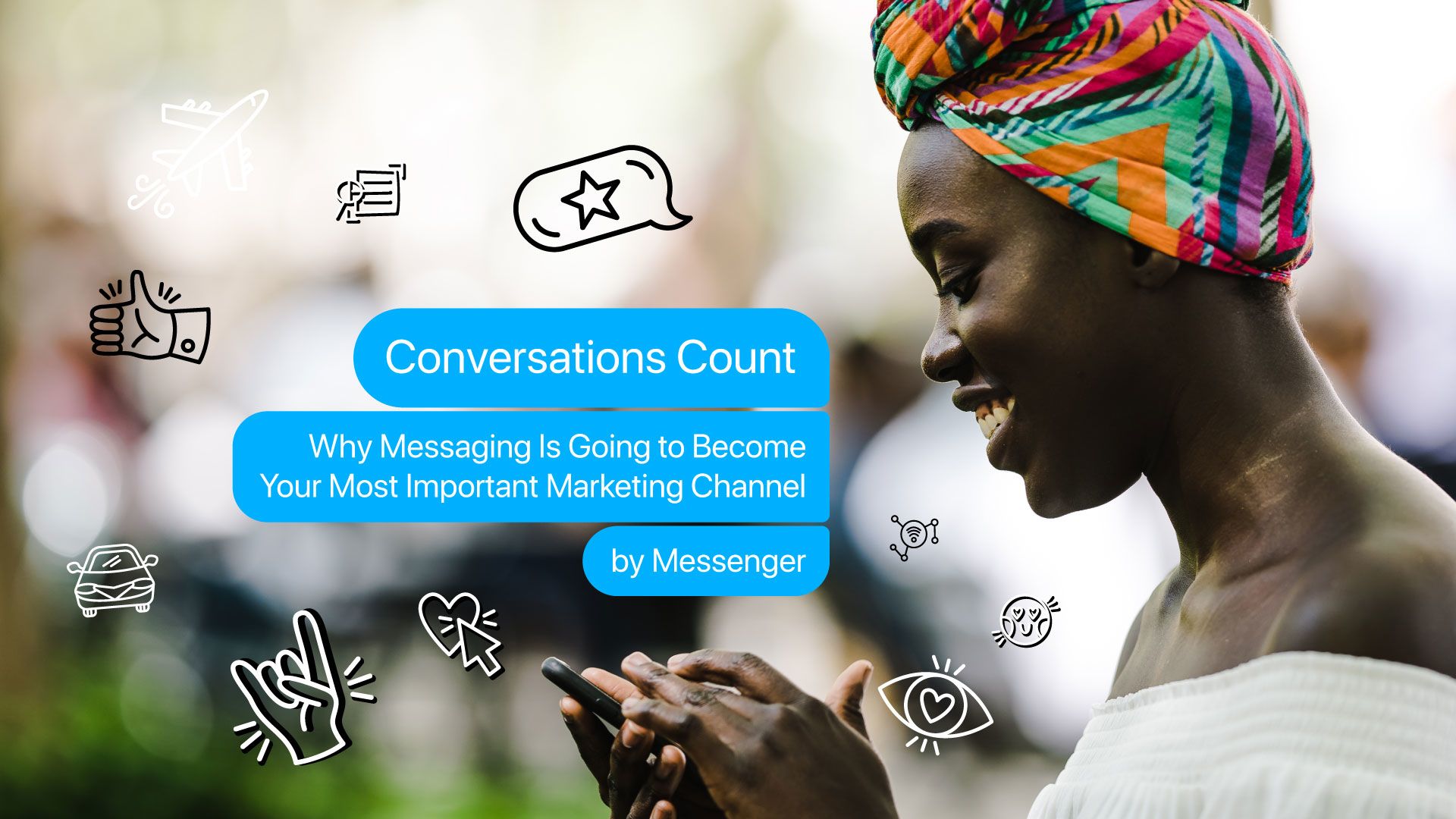


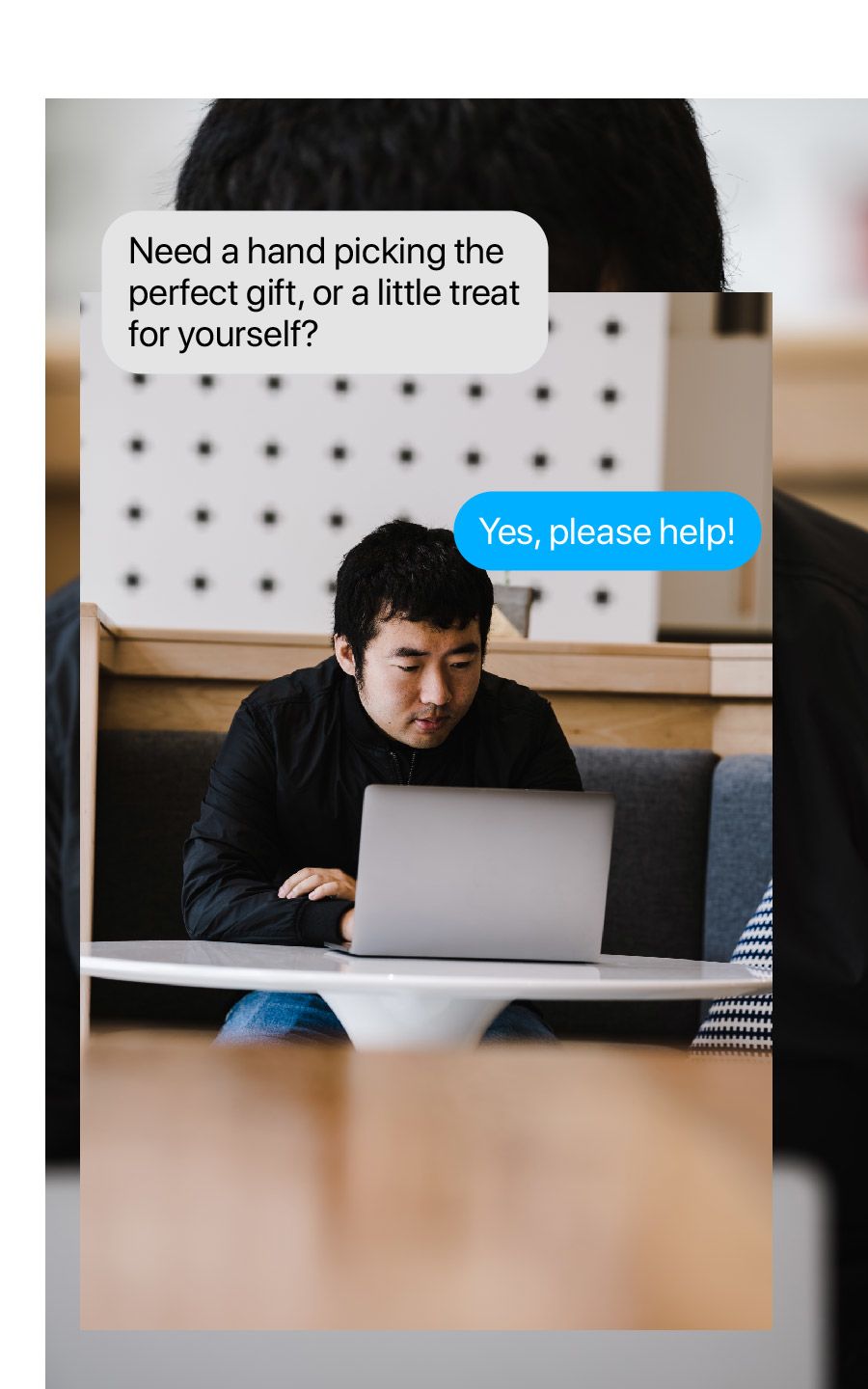
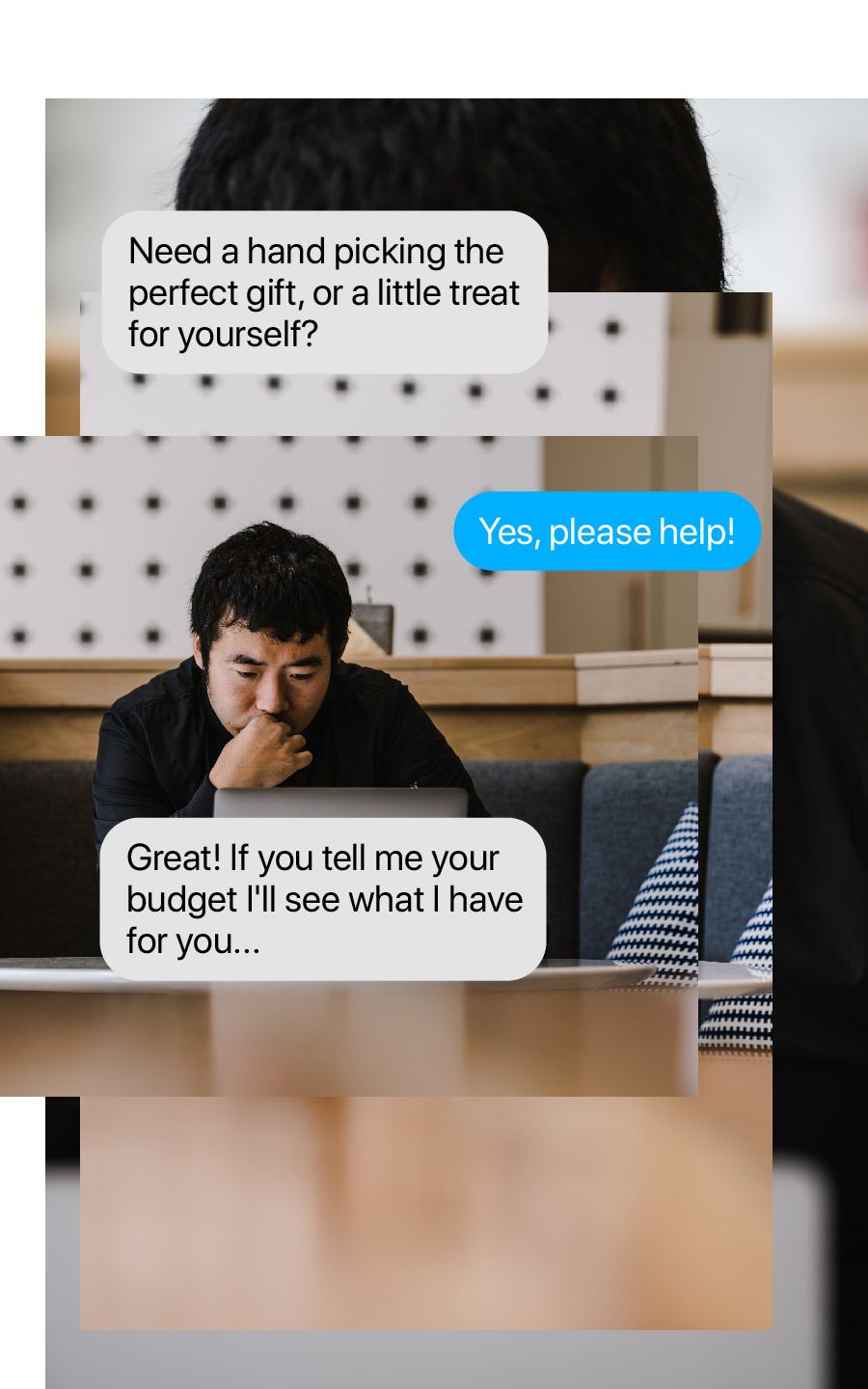
Have you ever received great advice from a complete stranger? Chances are it involved the person asking you a lot of questions to really understand what you were interested in. That kind of connection creates trust and sets the stage for a great experience. That’s what you want in the customer journey.
The Lego Group turned curiosity into conversions when it launched Ralph, the Gift Bot, now a key part of their marketing efforts .
The truth is, if you’re not a Lego fan, it can be a little daunting to find the perfect set to give to the brickaholic in your life. From wizards and galaxy explorers to iconic buildings, there’s a set for nearly every personality. Ralph—a robot figure—enhances the digital shopping experience by helping people choose the perfect gift.
Ralph becomes a personal shopper for toys, enhancing the creativity and sense of fun that the Lego Group toys unlock for children. Ralph uses warm and inviting language to help shoppers navigate its huge catalog. For instance, one possible answer to the question “Which of these best describes the builder” is “Loves things that go zoom.”
He then delivers equally enchanting gift ideas, which appear alongside emoji-like images. They’re bright, bold and playful, and gently encourage purchases.
The results? Compared to other channels, messaging provided a 1.9x higher purchase conversion and a 71 percent lower cost per purchase.
Experience Ralph the Gift Bot.
A great customer experience requires a certain amount of proactivity from the brand. There are signs and behaviors that can tell you a lot about what your customers want.
Messaging allows brands to go a step beyond by using past interactions to help you anticipate what someone will need. Plus, you can then deliver the message in a format that gets immediate attention.
Consider how events promoter Live Nation is using messaging.
Certainly, people who hold conversations with Live Nation are frequently concert fans. They want to know who is playing, where they’re playing, and how to get tickets for the hottest shows. It’s really important to know when tickets go on sale. If you’re five minutes late, the show might already be sold out.
To help fans find the tickets to see their favorite artists, Live Nation uses messaging to send fans simple reminder alerts when shows go on sale. These alerts can be much less intrusive than other outreach because they’ve been requested.
Amazingly, these concert alerts have gotten a 33 percent clickthrough rate. And more than 7 percent of people who clicked ended up making a purchase.
Check out Live Nation alerts.


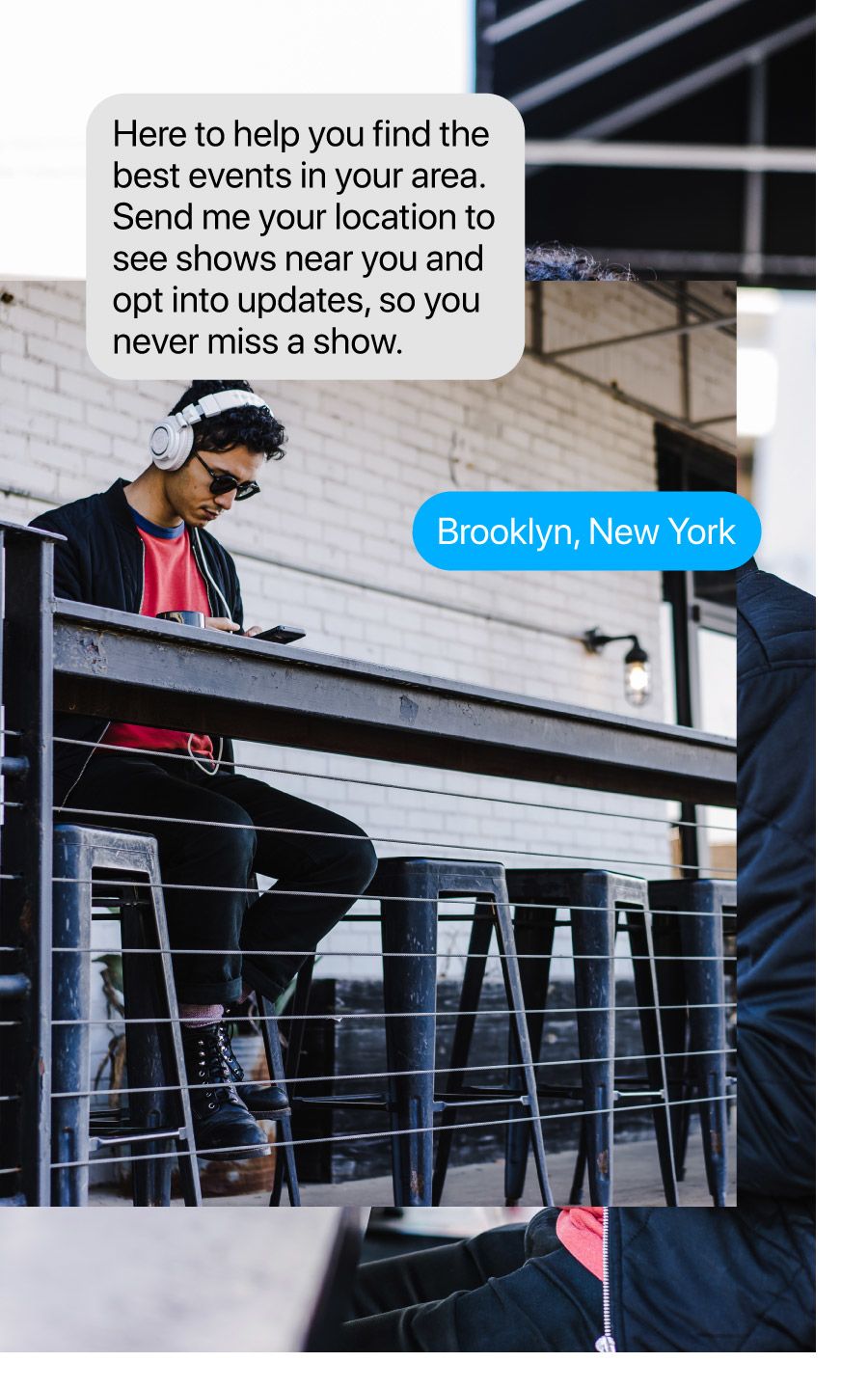
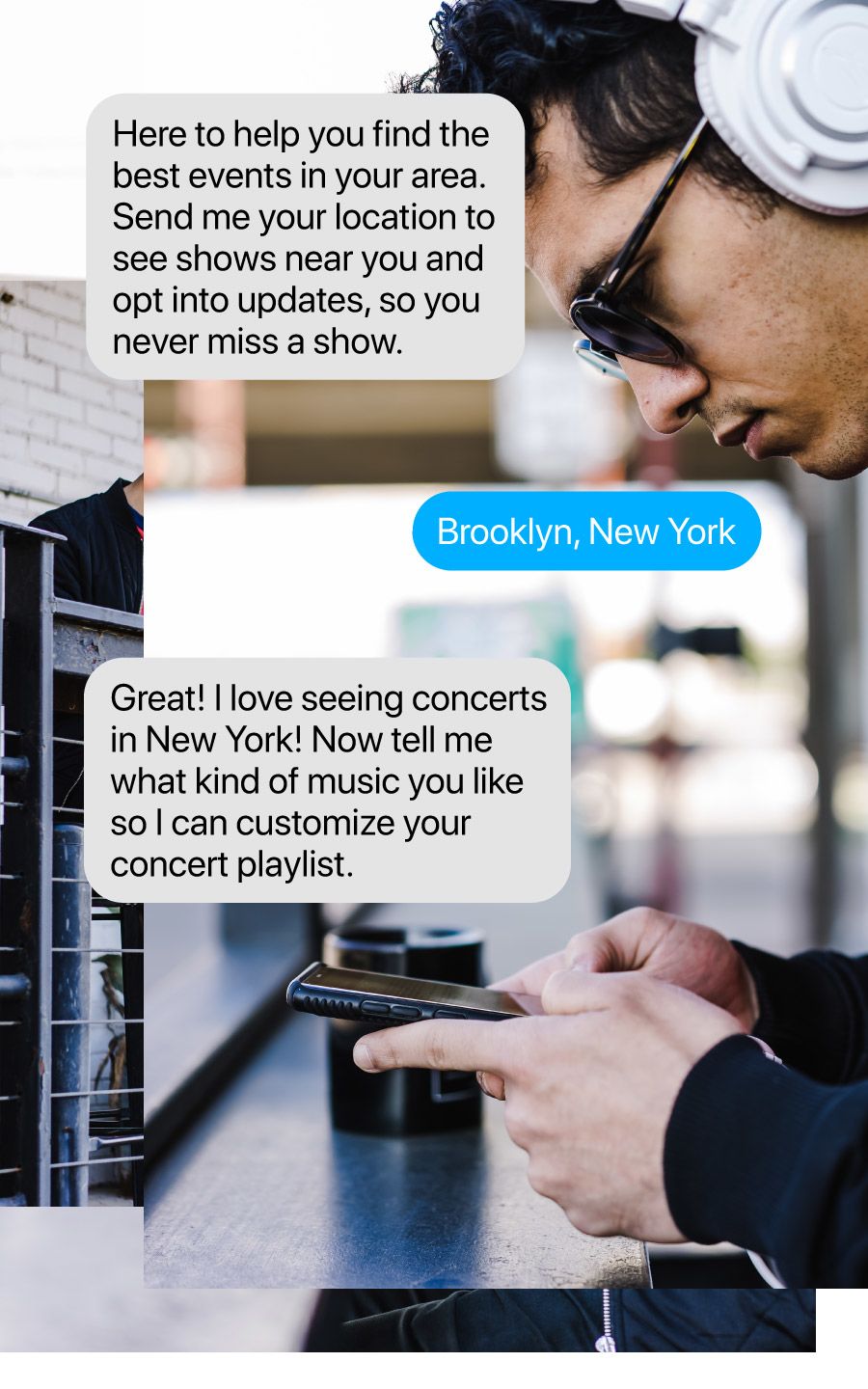


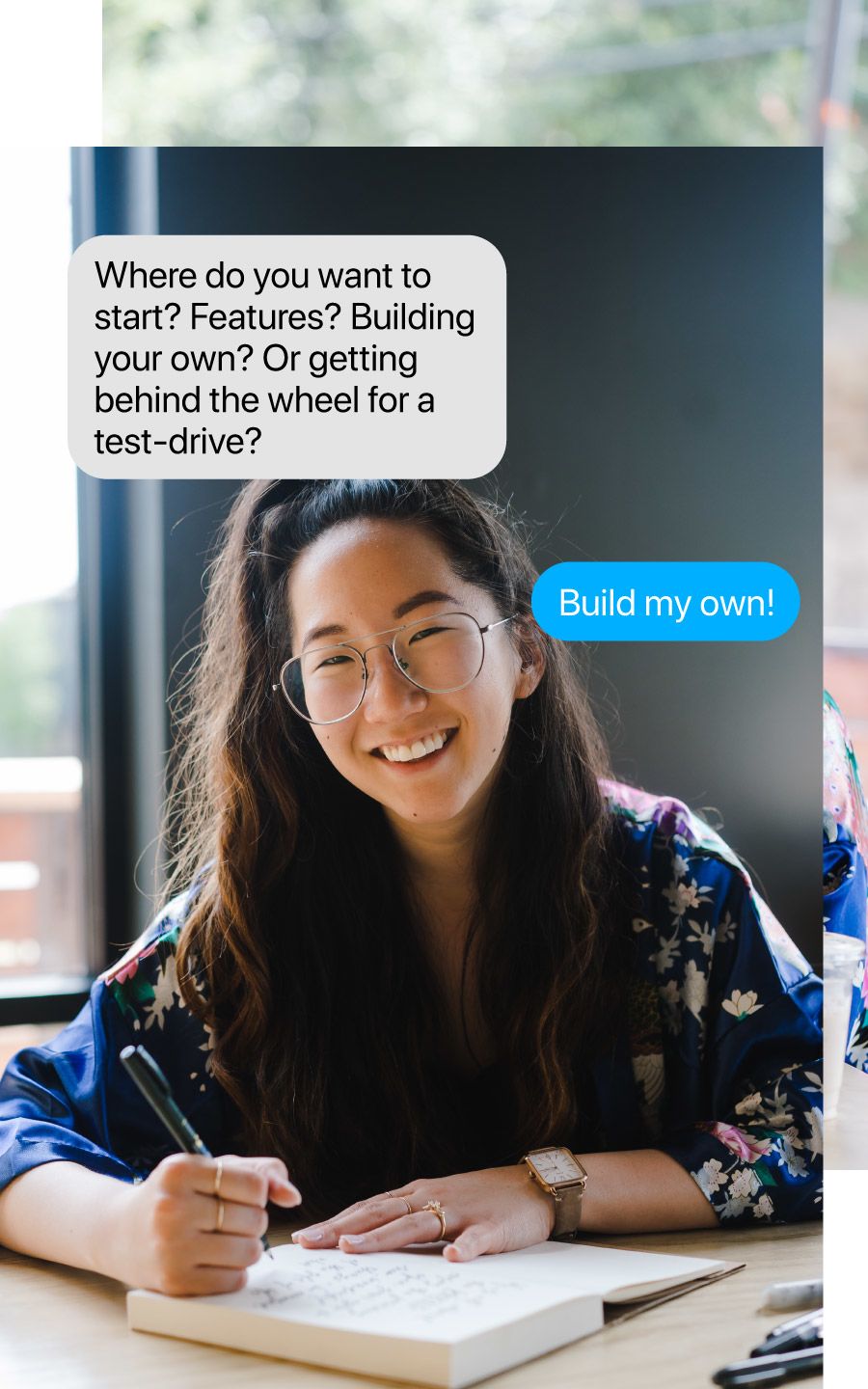
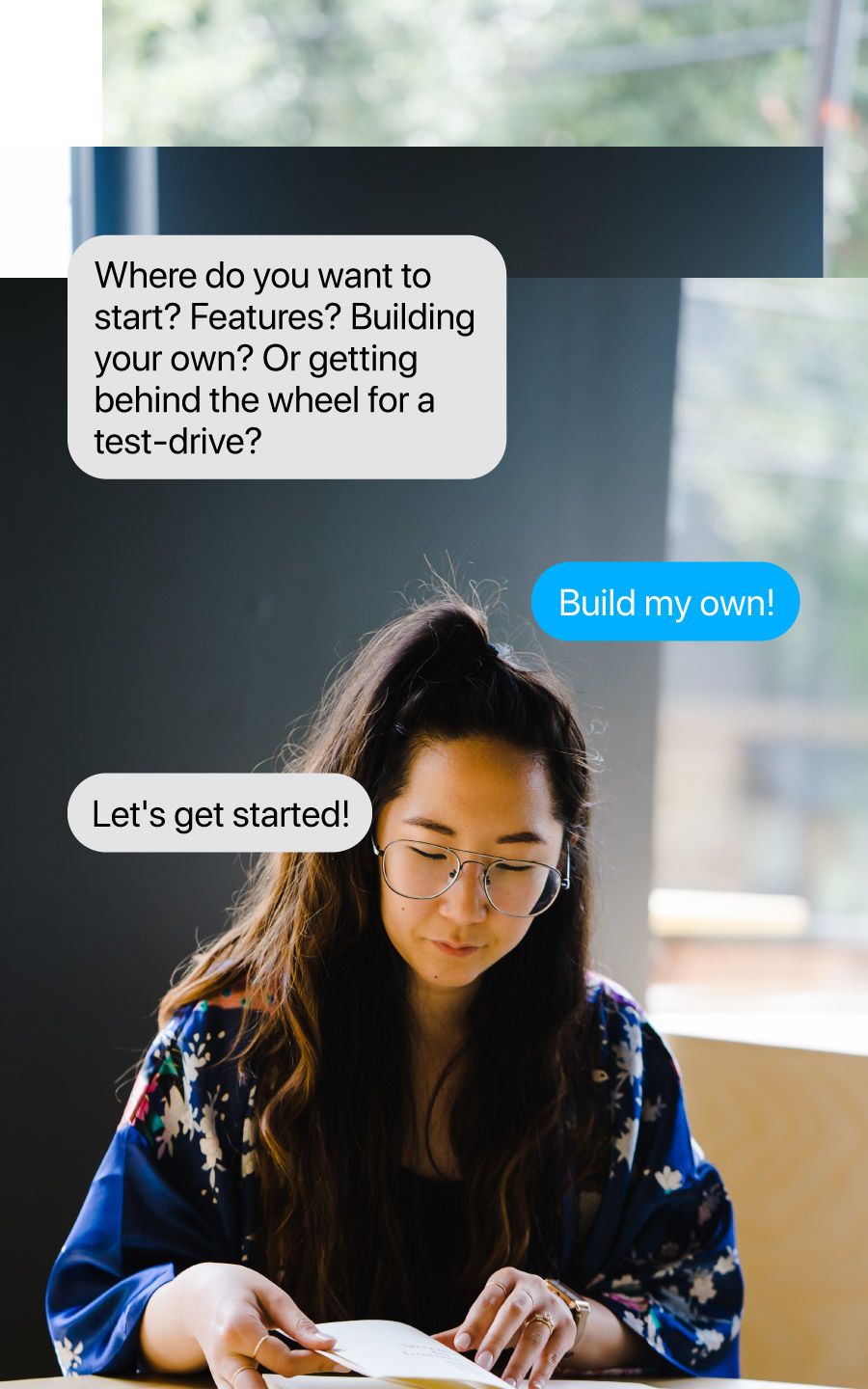
Marketers are embracing personalization because customers want to do business with companies that understand their unique interests and preferences.
Conversation takes place one-on-one. It’s natural to expect that discussion to be personalized and to take into account the consumers’ preferences, needs and past purchases.
Acura has frequently pushed its brand to the limits and has now given consumers the power to personalize their own 2018 TLX sedan via a bot-driven messaging experience. After all, making an auto purchase requires a lot of decisions—from the kind of transmission you want to the color of the car to the quality of the interior. So, the automaker turned to messaging to simplify car shopping.
By answering a series of questions, customers build and price their own TLX. Users can pick colors, interiors and technology packages to create and price their dream car. And they can use the messaging tool to learn more about the care and find out where they can give it a test drive.
It turned out that this kind of personalization was so engaging that it did more than simply generate qualified leads; it actually moved car buyers through the purchase funnel. Over 50 percent of people built a car within the experience. And 93 percent took a lower funnel action such as making a price request or locating a dealer.
Customize an Acura.
Conversational commerce has been around since the first humans started trading. It’s all about getting a knowledgeable recommendation…the right wine, the dress that fits, the gift that gets noticed.
Travel and tourism is certainly a market where a reliable recommendation can make a world of difference. Just about everyone wants to get the best room at the best price. And it needs to be quick, easy and frictionless.
SnapTravel uses conversational commerce to help people find and book the perfect hotel, all via text or messaging app. Once a customer begins a chat with SnapTravel, its AI-powered bot scours hundreds of sources to locate the best hotel deal. But if the customer needs a more personal touch, they can be connected to a human travel agent available 24/7 over chat. Plus, and here’s a nice little bonus, SnapTravel calls the hotel on check-in day to negotiate a free upgrade on your behalf.
This year, the app has driven more than $50 million in sales. And Snap Travel found that messaging users were more likely to book, more likely to book at a higher price, and more likely to return.
In fact, using a messaging app provided a 55 percent improvement in customer response time for Snap Travel. And that was a key factor in what it found was a 2.3 times conversion to purchase rate compared to their web and mobile app.
Book with Snap Travel.


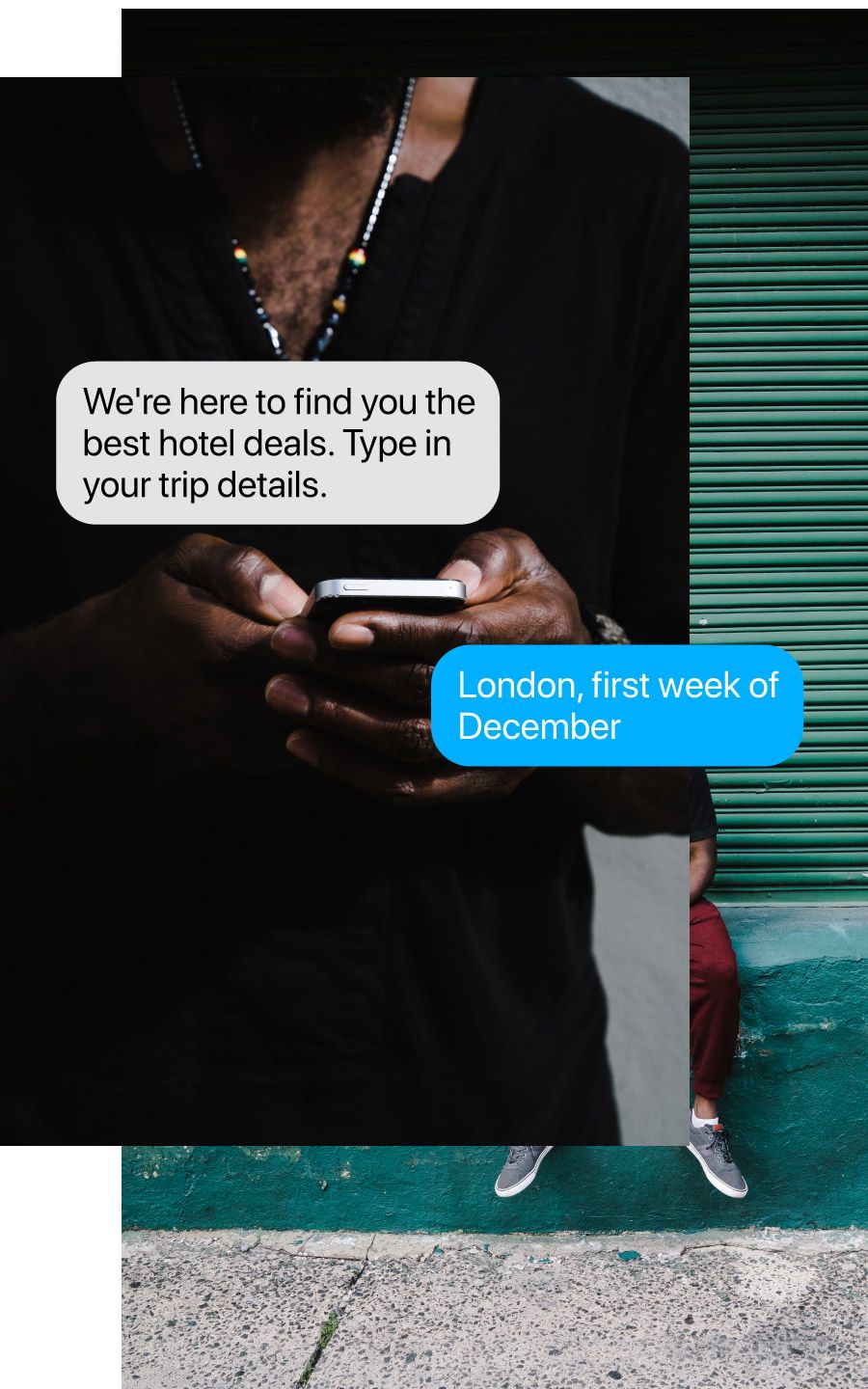
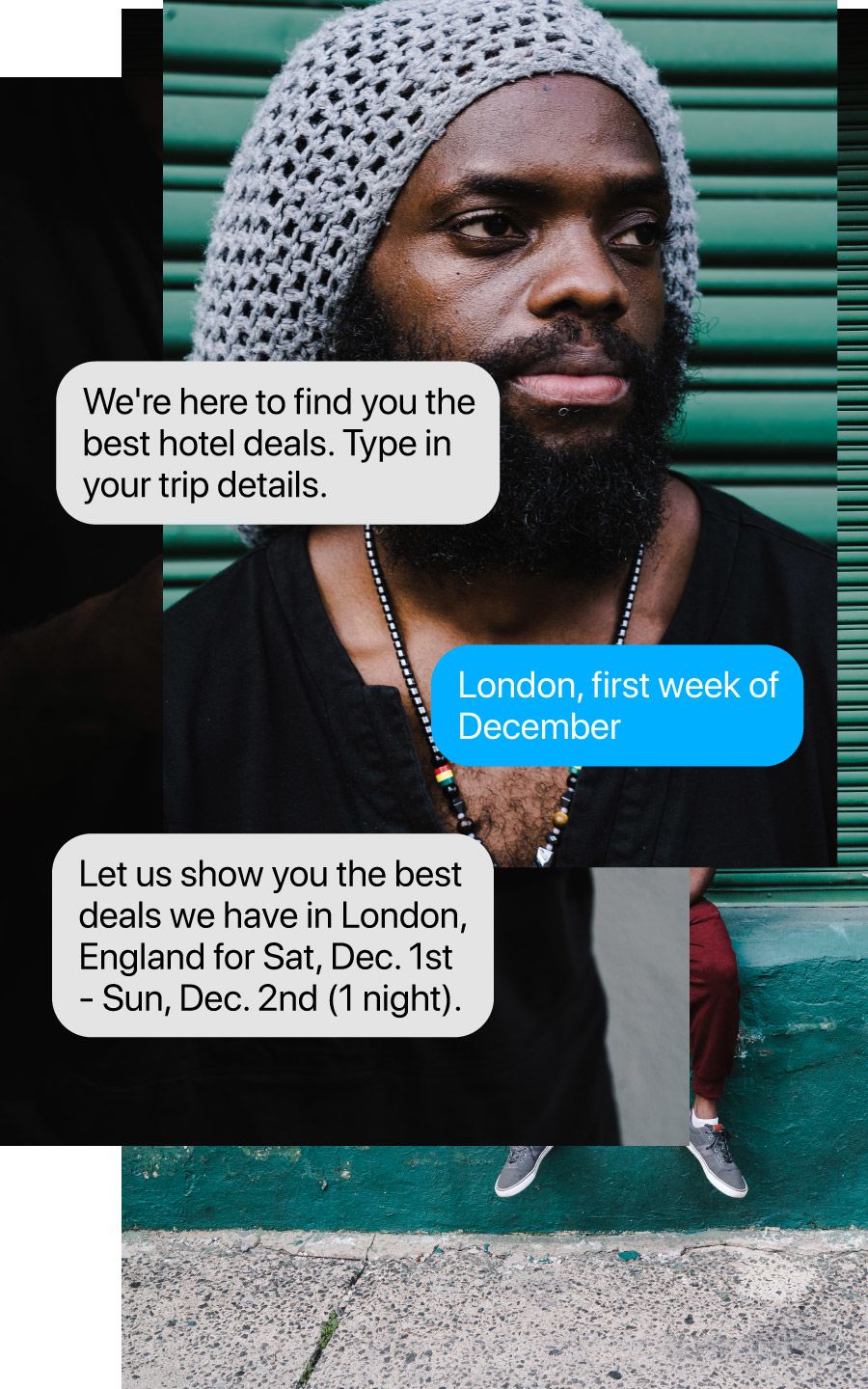

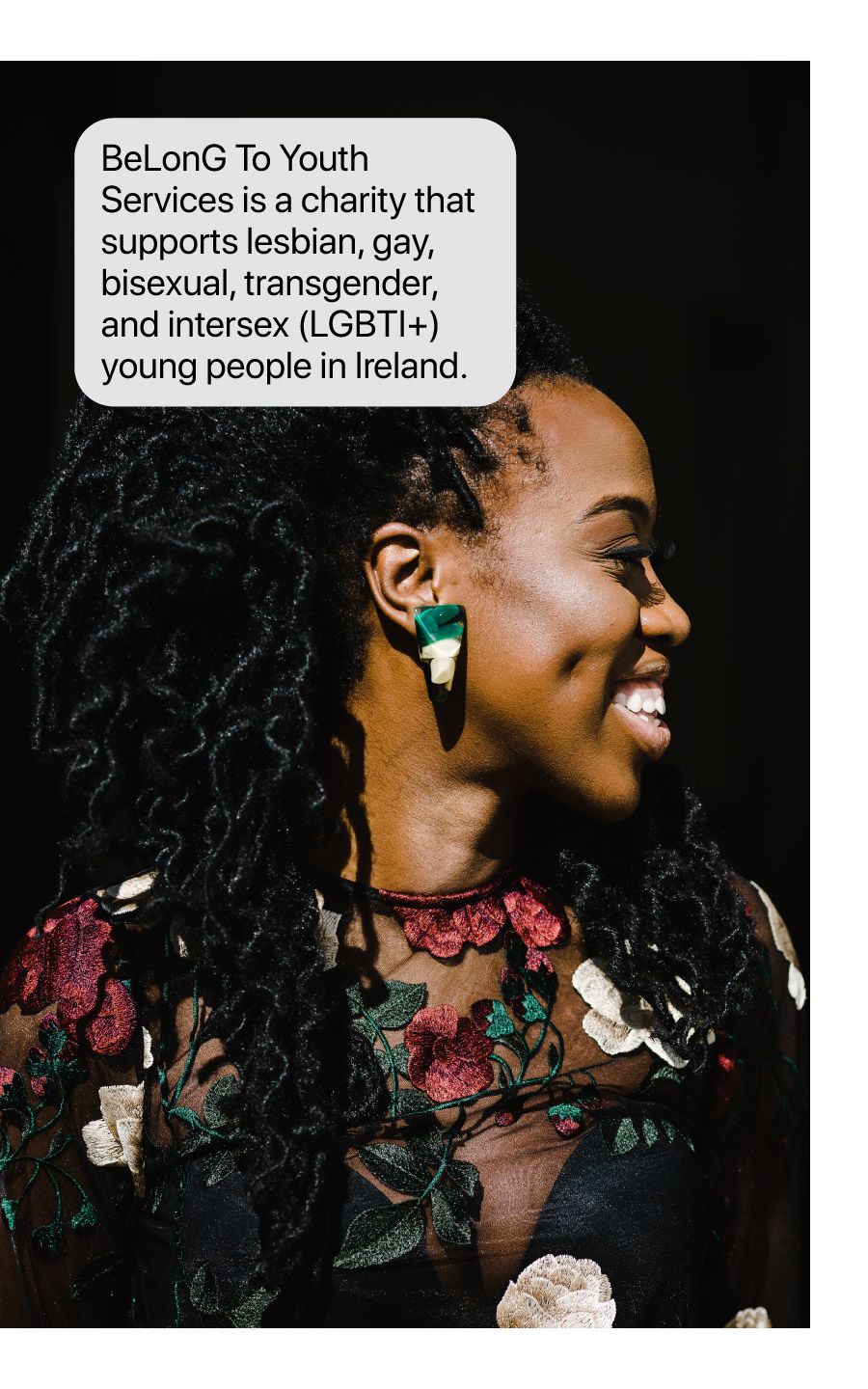
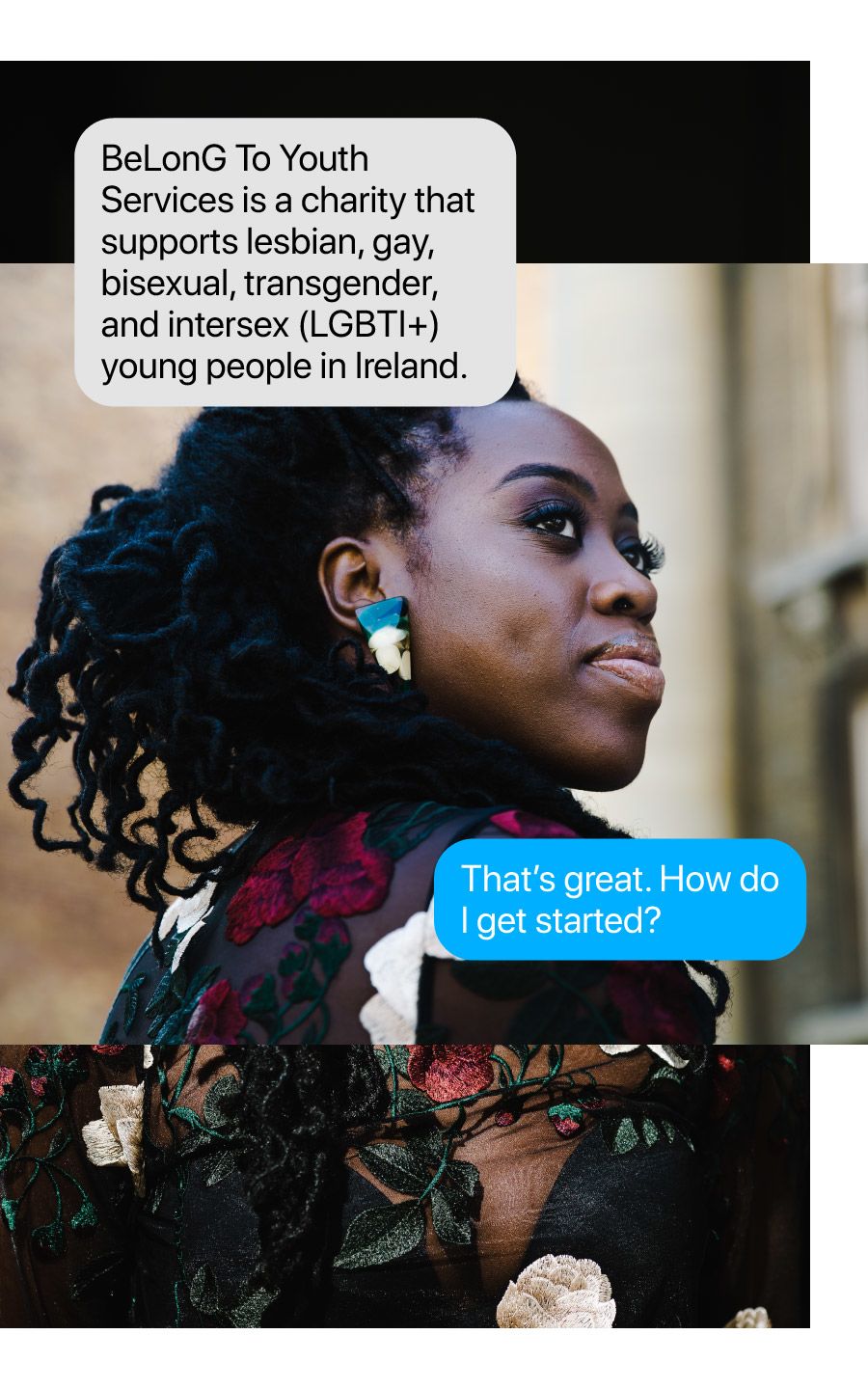

Buyers want to engage with people who genuinely care about them, who want to see them succeed and want to help them get there. True empathy comes from being genuine and real and it requires more than simply saying “I understand.” Fail to be truly empathetic, and your communications can come off as superficial or self-serving. It’s a fine line to tread.
Commercial brands can take a cue from the not-for-profit world where messaging apps are being used to help people who need to reach out for information or for a compassionate ear.
BeLonG To, an LGBT youth organization in Ireland, created a messaging experience to give parents a safe space to get information and support about raising an LGBTQI+ child.
Messaging became the communication mode of choice because parents could anonymously get answers to their burning questions or clarify doubts they might have. But understanding this was a complex issue for many people reaching out, BeLonG To also ensured that people could connect with real support staff at the organization.
Through the partnership, BeLonG To empowered families to get the information they needed to strengthen relationships with their children. It also allowed them to find an empathetic community to thrive. In fact, over 300 families ended up exchanging messages, which exceeded the goal by some 59 percent.
Try BeLonG To.
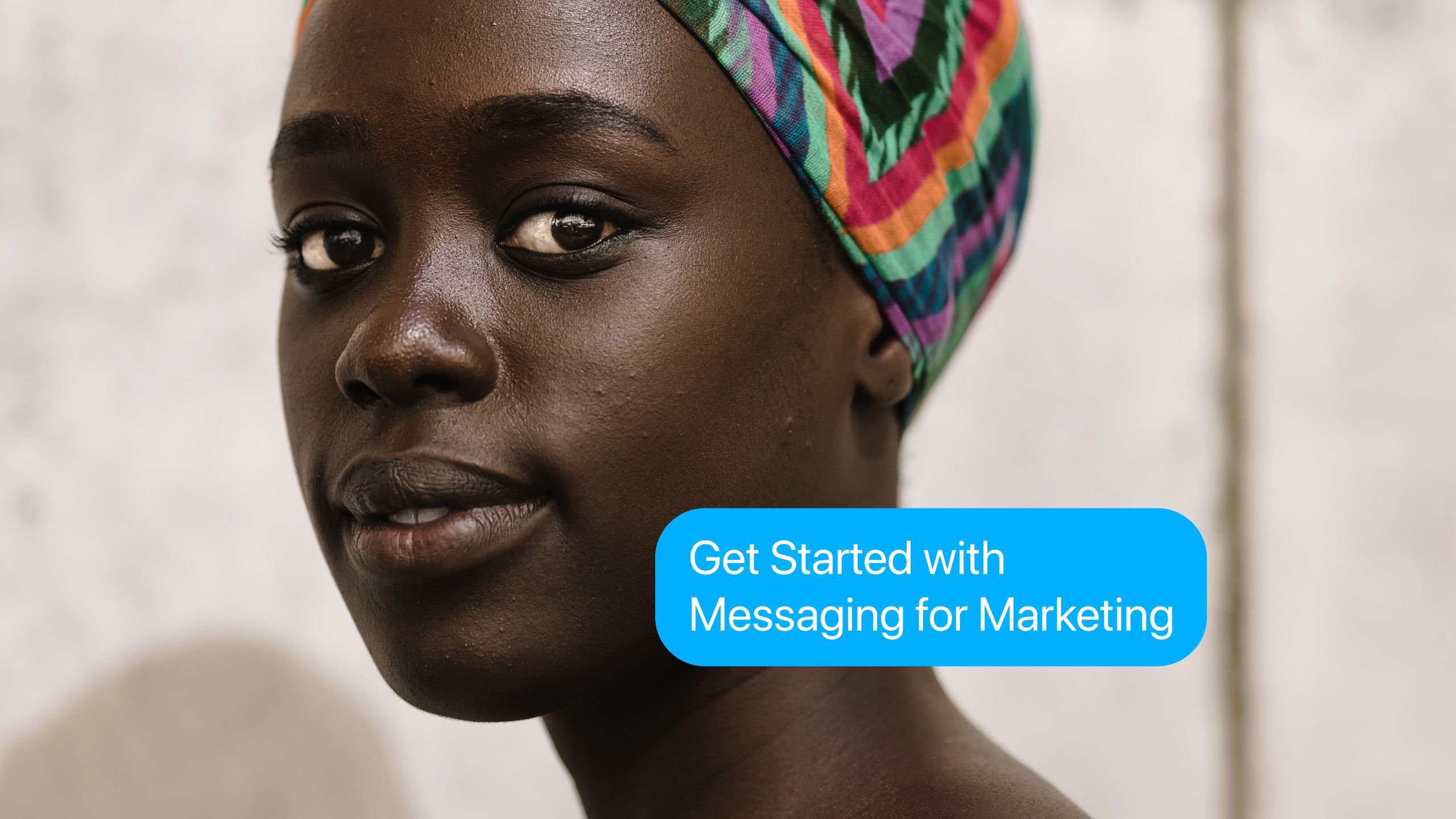
Your conversations with your customers need to be engaging, immediate and welcomed. They’re going to give you a unique window into the ongoing needs of the people that buy from you, and help you deliver the best possible experiences. That’s the approach that is going to form the foundation of your messaging.
If you’re ready to get going, here are a few conversation starters:
Build your strategy
Don’t get started without a solid objective in place. Sure, messaging and conversation can add value across your customer experiences. But what are you really trying to accomplish? Are you trying to generate leads? Sell products? Book appointments? Do you see messaging as a way to engage with your loyalists and upsell and cross-sell? This is critical to your success.
Find the right technology partner
Building an automated experience is going to be the first step in getting people to engage with your brand via messaging. This is an important choice, so be wary of any platform that appears to talk “to” people instead of conversing “with” them. Because a negative experience will keep people from returning.
Think conversation
It’s not enough simply to use automation. You need to have an impactful, two-way conversation that will resonate with your customers. You partner will need to work with your marketing team to zero in on the targeted messaging strategy that will meet your goals.
Remove friction/add delight
Look across your sales funnel and locate the points on your customers’ journey where information and experience can make a difference. Remember that the goal of a strong messaging strategy is to move you customers from consideration to conversion. Find the places where there are challenges and build your messaging content around solving those pain points.
Integrate
Messaging should be part of your overall cross-channel marketing strategy. What other tactics are being used across the various marketing touchpoints? How can messaging be used to complement those efforts so that you’re reaching the right audience. And how will people even find out about your messaging tools? After all, even the best tool is useless if nobody can find it.
Measure, test and learn
No marketing strategy can succeed if it remains stagnant. Create the cycle of measure, test and learn and reapply those learnings to improve the ongoing performance of your messaging efforts. Build metrics and KPIs around your business objectives and accurate track how messaging is driving your business.
Learn more about incorporating Messenger as a marketing solution.
Illustrations by Carra Sykes.


 Built with Shorthand
Built with Shorthand





